“How do we authentically target these important audiences when the audiences and their experiences may be well outside of our own?”
Communicating isn’t always easy, especially when trying to reach audiences that may be outside your cultural frame of reference. How do you appropriately capture individuals’ stories in an authentic and culturally sensitive way?
On a recent episode of the Higher Education Coffee and Conversation podcast I spoke to Dr. Michael Mahin on what approach communicators should take when they write about diversity, equity and inclusion or when they write about cultures to which they don’t belong. As an Asian-American children’s author who writes across cultures, Dr. Mahin is aware of how tricky these conversations can be both as a content creator and a community college marketer. Armed with this experience, he’s the perfect candidate for providing effective solutions that are easy to implement. Let’s dive in!
5 Steps to Culturally Sensitive Communication
1. Start with Understanding
Figuring out where to begin when there is uncertainty can be nerve-racking. Dr. Mahin suggests creating a deep level of understanding before conducting interviews or writing about a particular culture. It is imperative to become aware of common biases and stereotypes against the specified demographic. Acquiring the necessary information about the respected individual not only creates confidence, but assures the approach in which you communicate will be effective when aiming for inclusiveness.
2. Seek Out Diverse Environments
Seeking an environment with individuals from varied backgrounds provides cultural insight. A multitude of people with different cultural experiences in the workplace creates awareness of contrasting backgrounds. This is beneficial when needing to address those from unfamiliar cultures. Seek out opportunities to experience the culture of which you are writing, like attending events or dropping in on student clubs.
3. Connect with Staff Who Have Similar Cultural Experiences
According to Dr. Mahin, relevance is key, and you can make sure you are relevant by leaning into other people’s experiences. For example, you can enhance your communication by connecting with staff who have shared similar experiences with the audience you’re trying to reach. Dr. Mahin shared this scenario: “…an African American counselor or a Puente advisor who grew up around your college. They would be a fantastic asset to a team targeting first-generation students or local African-American high schoolers.” Taking advantage of staff who are knowledgeable about the culture you are trying to reach is a great way to gain insight.
4. Conduct Focus Groups
Utilizing focus groups allows you to have deeper conversations and gauge how accurate your independent research has been. It also gives you an opportunity to test the effectiveness of messages and tactics you’ve developed for certain target audiences. A successful focus group usually has 6-10 individuals who are open and willing to provide honest answers. Having a moderator who encourages conversation will allow the group to lead the conversation, not the moderator.
5. Perform a Communications Audit
Communication audits are a great way to gain an understanding of all or part of your communications efforts and identity whether they are inclusive of your campus’s different demographic groups. GradComm regularly conducts audits of clients’ work to see if their communication is effective and if their imagery is diverse and representative of their campus cultures. Dr. Mahin suggests, “Your materials should reflect the demographics of your community college. If you have 50% Hispanic students, 50% of your images should reflect that audience. If you’re trying to grow that audience, consider increasing the percentage so that more of your target audience sees themselves in your ads.” Performing an audit of your content is a critical tool for understanding how your institution is being perceived and gives you a chance to fix any oversights.
Success Is Around The Corner!
In order to authentically target diverse audiences and effectively communicate their stories, it is crucial to develop a deep understanding of their cultures, and the conscious and unconscious biases that exist. By implementing these strategies, success in fostering diversity through written communication is just around the corner!
This article is based on an episode of Higher Education Coffee & Conversation, a podcast featuring higher education experts to discuss trends in marketing, communications, advancement, and student success. Subscribe via Apple, Spotify or wherever you listen to podcasts so that you don’t miss future episodes!








